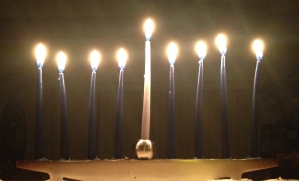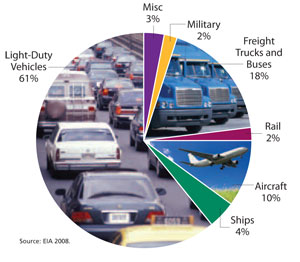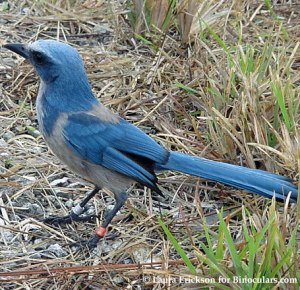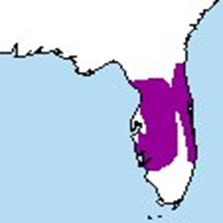Coffee is a staple in many people’s daily grind. It is enjoyed hot and cold, black and bitter, sweet and creamy and everything in between. It has been the assistant to drained college students, been on many first dates and seen countless breakups; it is enjoyed by the world’s most influential people and caffeinates those barely getting by. Without coffee, some 60% of American’s would not be able to start their day. However, the coffee industry is found to be morally void and destructive to our environment.
The world’s rain forests are home to not only a diverse array of plant and animals it is also where we find a large amount of coffee farming to take place. The majority of coffee farmed uses the “sun method”, where sections of the rain forest are cleared to make room for the planting and harvesting of this crop. The use of chemicals and pesticides are prevalent in sun cultivation, another negative impact on an already vulnerable ecosystem. Between these two practices, species of birds and insects have increasingly reduced to critical numbers. Without the presence of many birds and insects, well you know the circle of life story…
Not all coffee is farmed with such harsh worldly impacts. Many traditional farmers grow shade crops. Crops are grown under the canopy of diverse shade trees, which provide a habitat for wildlife, such as, birds, bees, butterflies and other animals. These traditional farmers tend to also be environmentally friendly in other ways; they compost coffee pulp, rotate crops and don’t apply expensive and harmful chemicals. Upwards to 184 bird species were recorded to be present at traditional coffee (shade-grown) plantations, where only 6-12 species were recorded at an unshaded plantations. Interestingly enough a coffee bean grown in the shade is said to tastes better than a bean grown in the sun.
Coffee production isn’t just harmful to our rainforests and wildlife it also has a huge water consumption footprint. For every single droplet of coffee, 1100 drops of water are used in its overall processing. Global water consumption has dramatically increased and in some cases it has reached the limits of available supply. Our over use of water, arguably the world’s more valuable resource, contributes to the spread of diseases and malnourishment of people. It is projected that by year 2020 there will be a worldwide water shortage. Alarmingly, access to clean drinking water is not readily available for people living in area were coffee production is prevalent.
Undeniably, people will spend an outrageous amount for a cup of coffee, while small family ran coffee farms are forced to sell their harvest for less than the cost of production and coffee workers earn under the legal minimum wage. In Guatemala permanent worker earns about $2.33 a day when the legal minimum wage is $2.85, and workers in Kenya earn 3-4 times less than the legal wage amount. Often children of these workers have to be put to work in order to help their family earn a suitable salary. Child labor in coffee production is an alarming issue, on some plantations 60% of the workforce are children. Many of the children working are not officially employed by the farms therefore, not protected by any labor laws. Some children start working as young as age 6 and only 15% have completed any formal education. This is a prime example of how the cycle of poverty works.
While all this information seems doom and gloom there are alternatives available for the coffee consumer. Whilst I applaud the individual who decides that the negative impacts of the coffee industry outweighs their desire for their daily cup and boycott consumption that is not the exact point I am trying to make. The Bean Belt relies robustly on the coffee consumer; it is the main source of income for thousands of families. However, as coffee consumers, we are obligated to improve the working conditions for those that provide us with our caffeine fix. We need to know where are coffee is coming from; in many cases it is safe to purchase Fair-trade certified coffee beans. The Fair-trade standard ensures that a coffee farm was paid appropriately, that child labor was not used in the harvesting, pesticides and other chemicals were under a certain threshold. A few restaurant chains are beginning to offer socially responsible options. McDonalds recently started serving 100% Rainforest Alliance certified espresso drinks, Starbucks and Dunkin Donuts offer Fair-trade options, and retailers such as Target carry fairly traded organic coffee beans and grounds. My personal favorite is Three Avocados, a not for profit coffee company that sells organic fair trade coffee and donates their net proceeds to ensure people of Uganda have access to clean drinking water, and the children of Nicaragua have access to an education. This is an effective illustration of coffee helping coffee producing nations further develop their respective communities which unfortunately has not been the case in the past.
Coffee isn’t just a beverage in many people’s lives; it serves a role in societies, friendships and businesses. As a human race we have to live fairly, and we have to be willing to pay more for a cup of coffee, and ensure that those doing the hard labor of cultivating the crop are paid appropriately. Drink coffee, but drink it responsibly, don’t consume a cup of brewed child exploitation, sustained poverty and environmental devastation.




Recent Comments